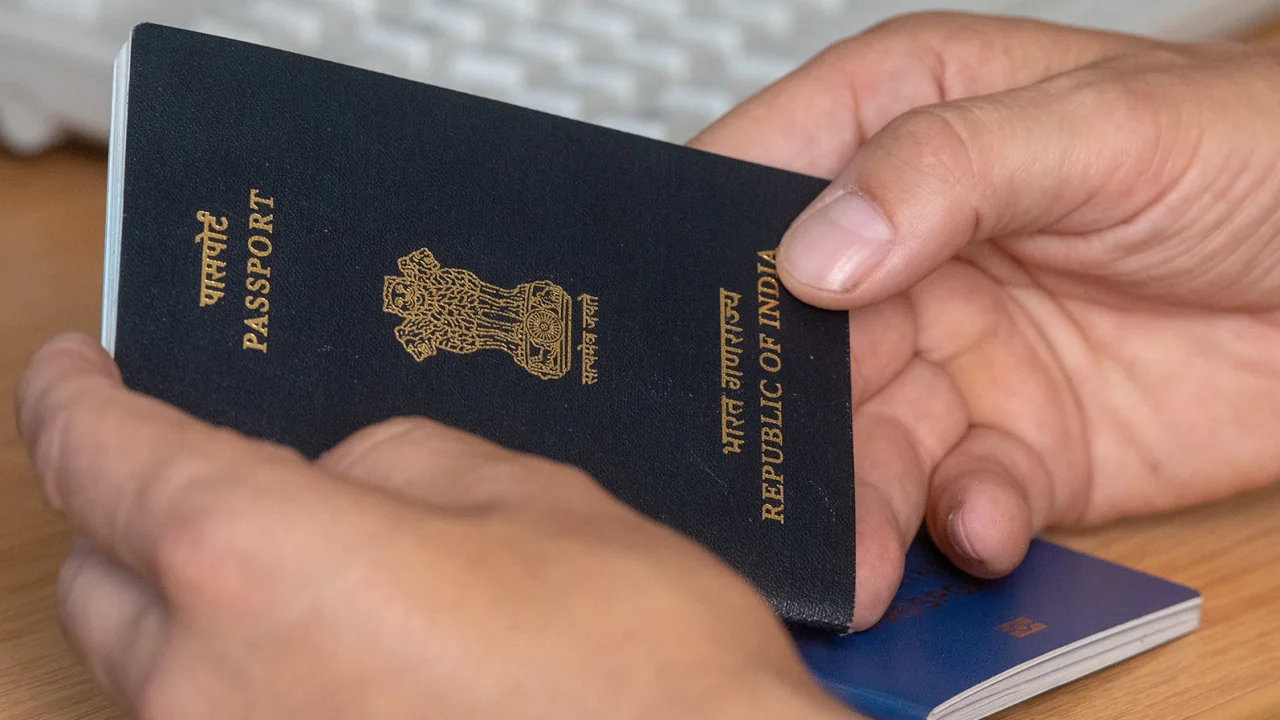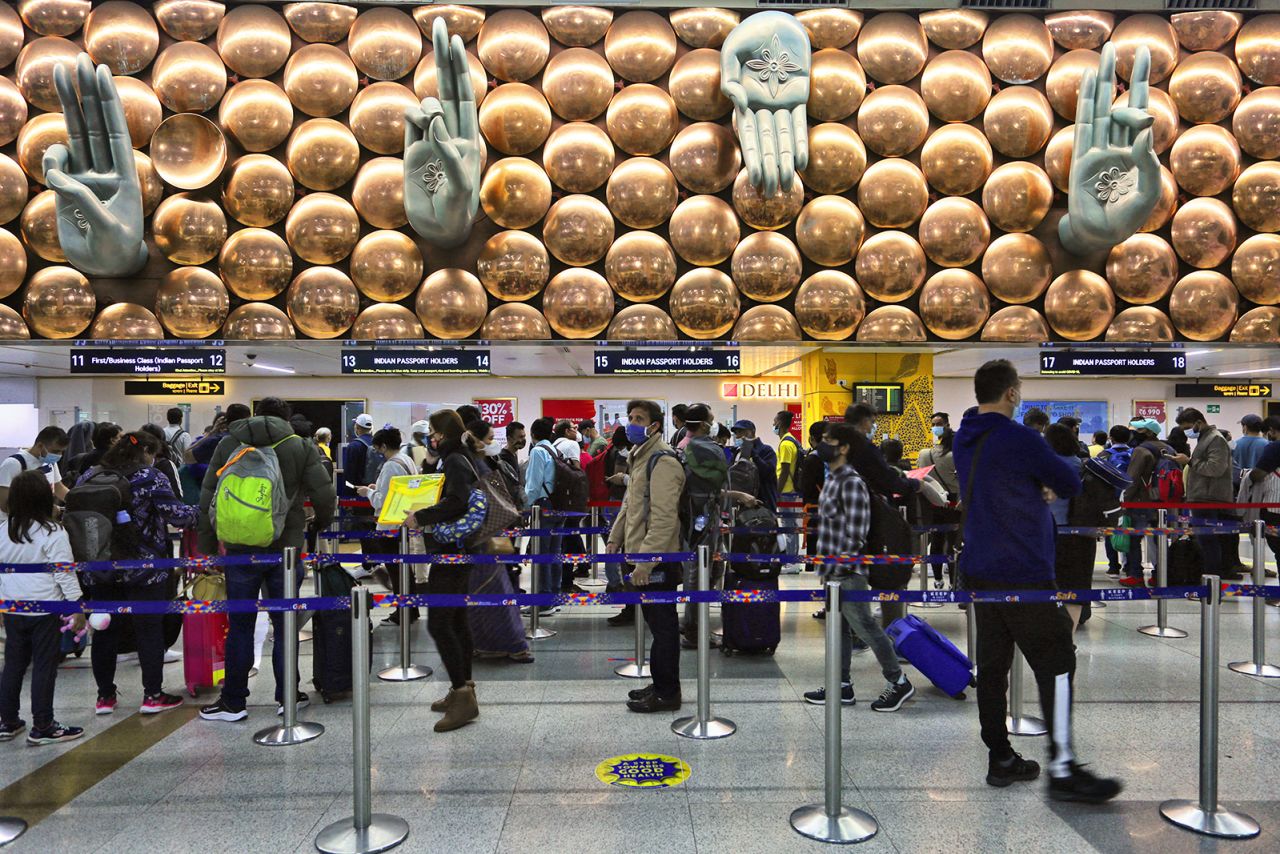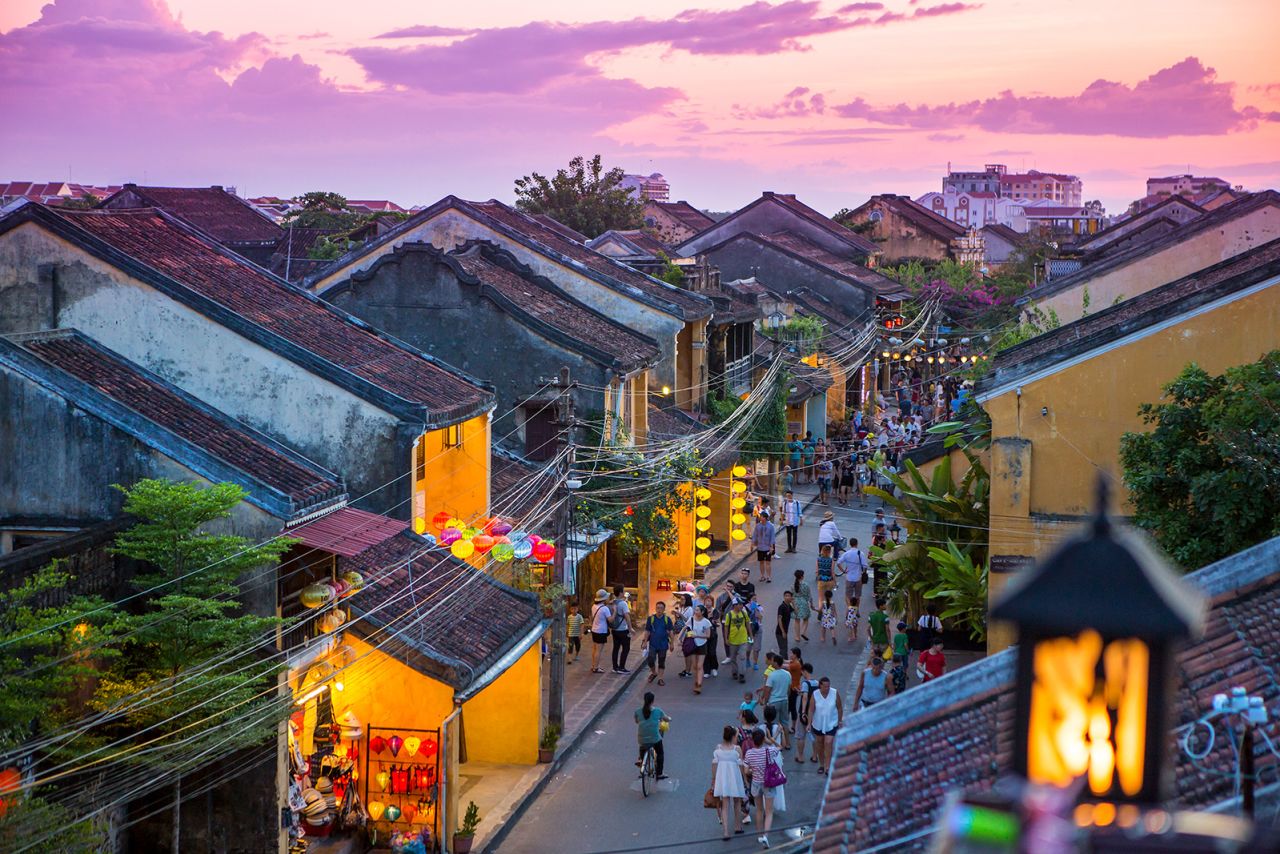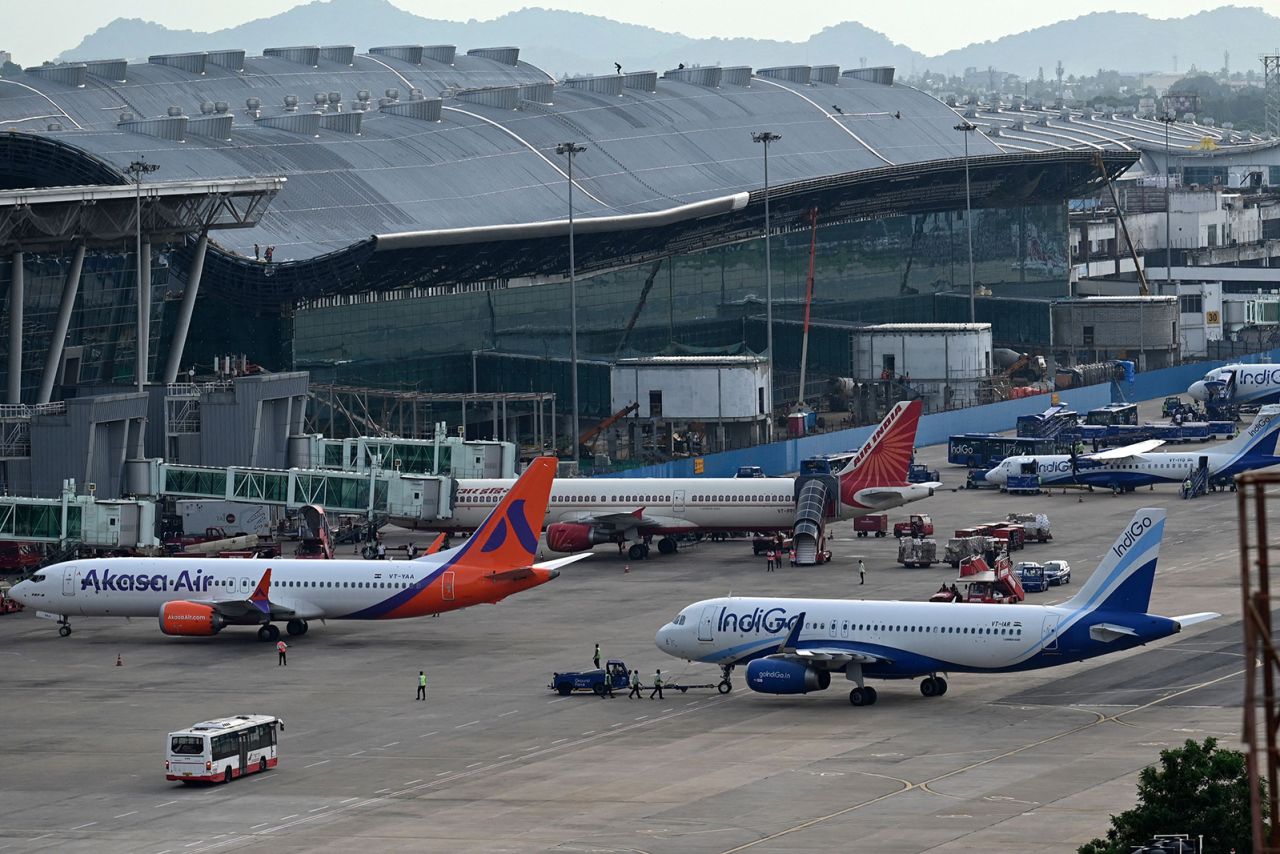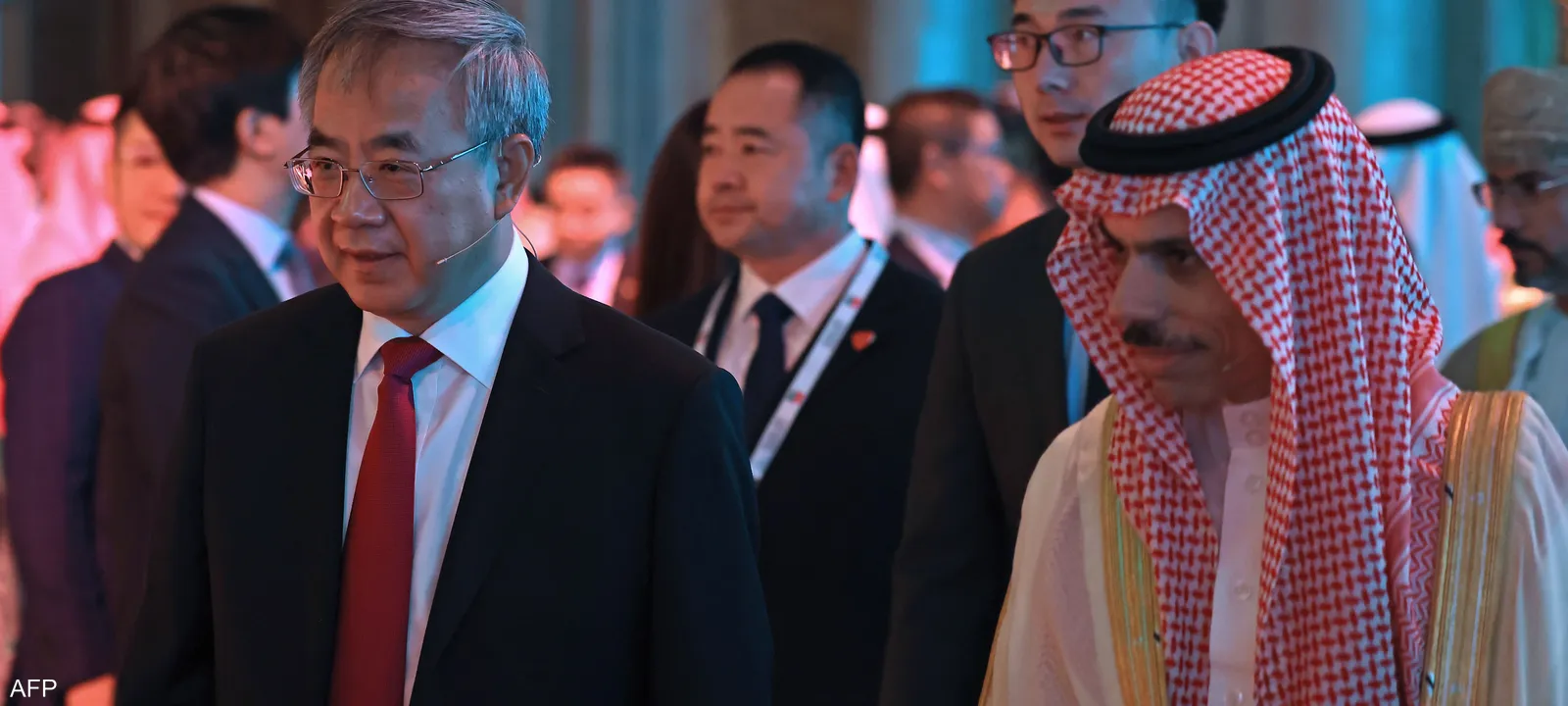
لماذا الهند الآن؟.. مصر تلجأ لآسيا بهدف معالجة أزمتها “العميقة”
لطالما كانت دول الخليج العربية هي المنقذ الرئيسي لمصر عندما يتعرض البلد الواقع بشمال أفريقيا لمشكلات اقتصادية، لكن القاهرة باتت ترنو لبلدان أخرى بعيدة للمساعدة على تجاوز أزمتها الحالية بعد ما يتردد عن إحجام الحلفاء الأثرياء بالطاقة عن تقديم مزيد من الإعانات.
والاثنين، قال وزير التموين المصري، علي المصيلحي، إن الهند تزود مصر بخط ائتمان غير محدد القيمة، في أحدث محاولة دعم للاقتصاد البلاد المضطرب.
ولم يدلِ الوزير المصري، في مقابلته مع وكالة “بلومبيرغ“، بأي تفاصيل، لكنه صرح لاحقا لوكالة رويترز قائلا إنه خط الائتمان مع الهند لم يُفتح حتى الآن، مضيفا أن المناقشات جارية فيما يتعلق بسداد أموال الواردات باستخدام عملات أخرى غير الدولار.
ويرى محللون تحدثوا لموقع “الحرة” إن الدعم الهندي المحتمل يشير إلى “عمق” الأزمة الاقتصادية التي تعاني منها مصر، بما في ذلك نقص احتياطات النقد الأجنبي.
وقال الباحث الاقتصادي البارز، عامر الشوبكي، إن الأزمات في مصر كانت تحل عادة عن طريق دول الخليج العربية، مضيفا أن حاجة القاهرة لمساعدات من دول أخرى خارج الخليج قد يشير إلى “عمق” أزمة العملة الصعبة.
وفي حديثه لموقع “الحرة”، يعتقد الشوبكي أن دخول الهند سوف يساعد على تخفيف الأزمة الاقتصادية في مصر دون أن يحلها بشكل كامل.
وتشهد مصر إحدى أسوأ الأزمات الاقتصادية في تاريخها، ففي عام واحد، فقد الجنيه المصري نصف قيمته مقابل الدولار الأميركي في حين تراجعت احتياطات البلاد من العملات الأجنبية.
وأثار نقص العملة الصعبة مخاوف بشأن قدرة القاهرة على سداد الديون الخارجية، ومنذ أبريل خفضت وكالات التصنيف الائتماني الرئيسية الثلاثة النظرة المستقبلية لديون مصر.
وأشار وزير التموين المصري إلى أن مناقشات مماثلة تجري حاليا مع روسيا والصين أيضا.
وتابع: “لم يتم تنفيذ أي شيء في هذا المقام، لكن هناك مناقشات حتى يمكن التداول بالعملات المحلية لكل من الدول سواء في الهند أو في مصر أو في روسيا أو في الصين”.
ماذا يمكن أن تقدم الهند؟
يشير الشوبكي إلى حجم أزمة العملة الصعبة في مصر التي أثرت على قدرتها في تمويل استيراداتها من الخارج، لدرجة عدم قدرة الدولة على تمرير بضائعها الموجودة في الموانئ، على حد تعبيره.
وتسبب ذلك في مشكلات عدة خلال الأشهر الماضية، منها نقص الأعلاف المخصصة للدواجن والنقص في تلبية متطلبات الصناعات المصرية، لا سيما أن القاهرة لم تستطع تلبية كافة طلبات صندوق النقد الدولي فيما يتعلق بتعويم الجنيه بشكل كامل، حسبما يقول الشوبكي.
وأضاف أن “العرض (الهندي) لتوفير بعض الودائع (النقدية) في مصر لمساعدتها على المرور من أزمتها الحالية كما فعلت العديد من دول الخليج”.
وفي فبراير، سجل احتياطي النقد الأجنبي لدى القاهرة أكثر بقليل من 34 مليار دولار، من بينها 28 مليار دولار ودائع من دول الخليج، بحسب فرانس برس.
لكن ديون مصر الخارجية تضاعفت بأكثر من ثلاث مرات في العقد الأخير لتصل إلى أكثر من 155 مليار دولار، مما يفاقم الأزمة، وسط ارتفاع معدل التضخم داخل البلاد.
ويعتقد الباحث في الاقتصاد السياسي، أبوبكر الديب، أن مصر تنتج نصف ما تستهلكه من القمح وتحتاج لكميات إضافية يمكن تأمينها من السوق الهندي.
وقال لموقع “الحرة” إن مصر الدولة الأكبر على مستوى العالم من حيث استيراد القمح، وهي بحاجة إلى أسواق بديلة بعد الحرب في أوكرانيا والعقوبات الغربية على روسيا.
وأضاف أن “الحكومة المصرية بحثت عقب اندلاع الحرب (في أوكرانيا) عن أسواق بديلة لاستيراد القمح من 15 دولة، بينها الهند”.
وتابع: “خلال السنوات الماضية تتبع (مصر) سياسة التنوع والحيادية في علاقاتها مع الخارج سياسيا واقتصاديا.. مصر فتحت خطوطا مهمة مع الصين واليابان وروسيا، بالإضافة إلى التعامل مع الغرب سواء الولايات المتحدة أو الاتحاد الأوروبي، علاوة على دول الخليج الداعمة للاقتصاد المصري”.
ويقّدر الديب، وهو مستشار المركز العربي للدراسات والبحوث، الفاتورة الزائدة التي تكبدتها مصر في أسعار القمح بعد غزو روسيا لأوكرانيا بـ15 مليار جنيه (نحو نصف مليار دولار).
ويتحدث عن عمل مصري على برامج متعددة لزيادة مداخيلها من العملة الصعبة وتوفيرها لسداد فواتير الاستيراد وسداد الديون الخارجية، إذ أن “الهند تمثل باب أمل كبيرا للدول المصرية لتوفير عملة صعبة”، بحسب تعبير الديب.
كما أن الاقتصاد الهندي “متطور” ولديه “خبرات كبيرة متعددة” في الطاقة والتكنولوجيا الرقمية والذكاء الاصطناعي، بحيث يمكن لمصر الاستفادة من تلك الخبرات، حسبما يقول الديب.
ماذا تستفيد الهند؟
وتقيم الهند ومصر “علاقات أوثق” من أي وقت مضى خلال السنوات الأخيرة، وفقا لوكالة “بلومبيرغ“. وفي يناير، زار الرئيس المصري، عبدالفتاح السيسي، الهند، حيث حل ضيف شرف في يوم الجمهورية الهندية.
وذكرت وكالة “برس ترست” الهندية هذا الأسبوع أن رئيس الوزراء، ناريندرا مودي، سيزور مصر على الأرجح خلال وقت لاحق من شهر يونيو الجاري. وستكون هذه أول زيارة يقوم بها مودي لمصر بعد أن أصبح رئيسا للوزراء عام 2014.
ونقلت الوكالة عن مصادر لم تسمها، قولها إن الزيارة تهدف إلى تعزيز التعاون في عدد من المجالات بما في ذلك التجارة والاستثمار والزراعة والدفاع.
وقال الديب إن القاهرة تمثل “بوابة” لأكثر من 1.4 مليار مستهلك في القارة الأفريقية، حيث يمكن لنيودلهي الوصول للأسواق الأفريقية عن طريق مصر التي تملك موقعا استراتيجيا.
من جانبه، تملك الدولة الآسيوية العملاقة “طموحا” لدخول السوق المصري و”الاستفادة من ثروة مصر من الفوسفات”، وفقا للشوبكي.
وبحسب تصريحات لرئيس شركة فوسفات مصر، محمد عبد العظيم، فإن القاهرة تحتل المركز السابع على مستوى العالم في احتياطي خام الفوسفات.
وقال الشوبكي إن الهند تطمح بدخول “السوق المصري والاستفادة من الفرص والاستحواذ على بعض الاستثمارات.. ولكن ما يهم هو الفوسفات”.
(المصدر: الحرة)

